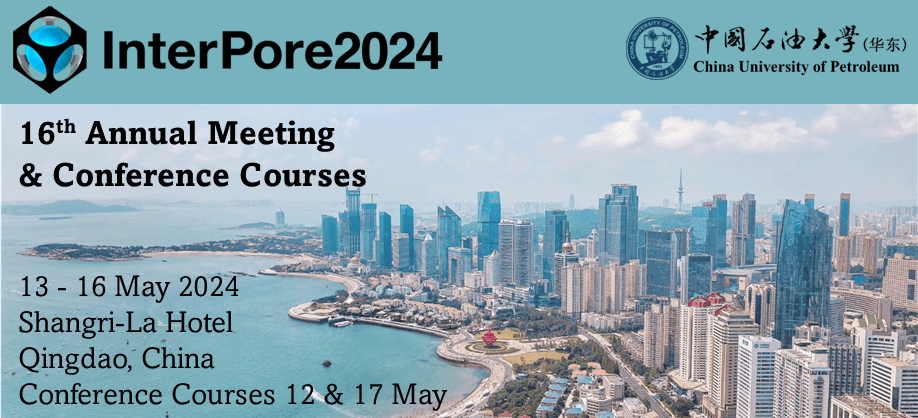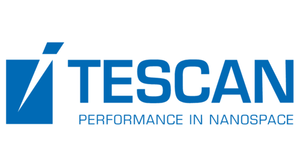Speaker
Description
Underground CO2 storage is a crucial effort to reach net-zero carbon emissions by 2050. By this, a large volume of gaseous CO2 is stored underground. Shale formations due to their proper storage capacity—composed of both bulk and adsorption types—can host CO2 for geo-sequestrations. Shale is also a common lithology of cap rocks over underground storage sites, which has the duty of sealing the storage site impeding upward migration of injected CO2. To understand dynamic behaviour of CO2 storage in shales, pore-scale insights are required to investigate physiochemical interactions between injected CO2 and host shale rock. Shale swelling defined as shale matrix deformation due to CO2 adsorption leading to fracture size change is to be studied in this research. In this study, we take an image-based approach to extract unstructured triple-porosity pore-network models (PNMs) based on volumetric synthetic images. At nanoscale, meso- and micro-pores of shale matrix together with fractures compose a network of pores for each shale sample. Various flow features of shale including gas rarefaction, sorption, and surface diffusion are included. It should be noted that this PNM benefits from considering gas sorption effect at pore-level, which is less included in previous shale PNM studies.
By considering methane (CH4) as the host fluid within the pore network and considering injection of carbon dioxide (CO2) into shale samples, effect of swelling is studied. Such that, matrix deformation due to gas sorption imposes a size-reducing effect on fractures. This swelling effect is in competition with mechanical effective stress effect by which fractures are prone to size change as well. Thus, this study computes dynamic pore-scale fracture size change during the injection of CO2 into initially CH4-bearing shale samples. The results give insights into the fracture permeability change in two sets of low-density and high-density fractured shale samples. The results show how Darcy and Knudsen permeability values change over different CO2 injection pressures for both low-density and high-density fractured samples.
| Country | United Kingdom |
|---|---|
| Conference Proceedings | I am interested in having my paper published in the proceedings. |
| Student Awards | I would like to submit this presentation into both awards |
| Acceptance of the Terms & Conditions | Click here to agree |




.jpg)
